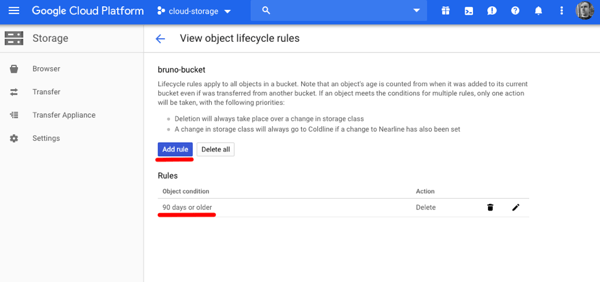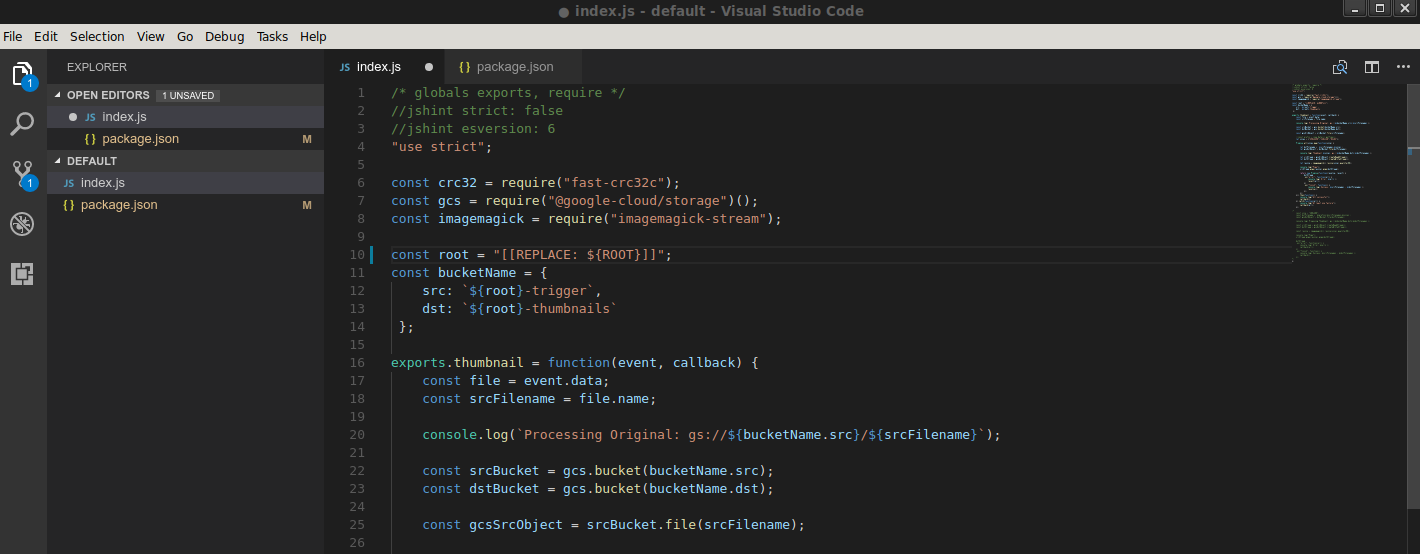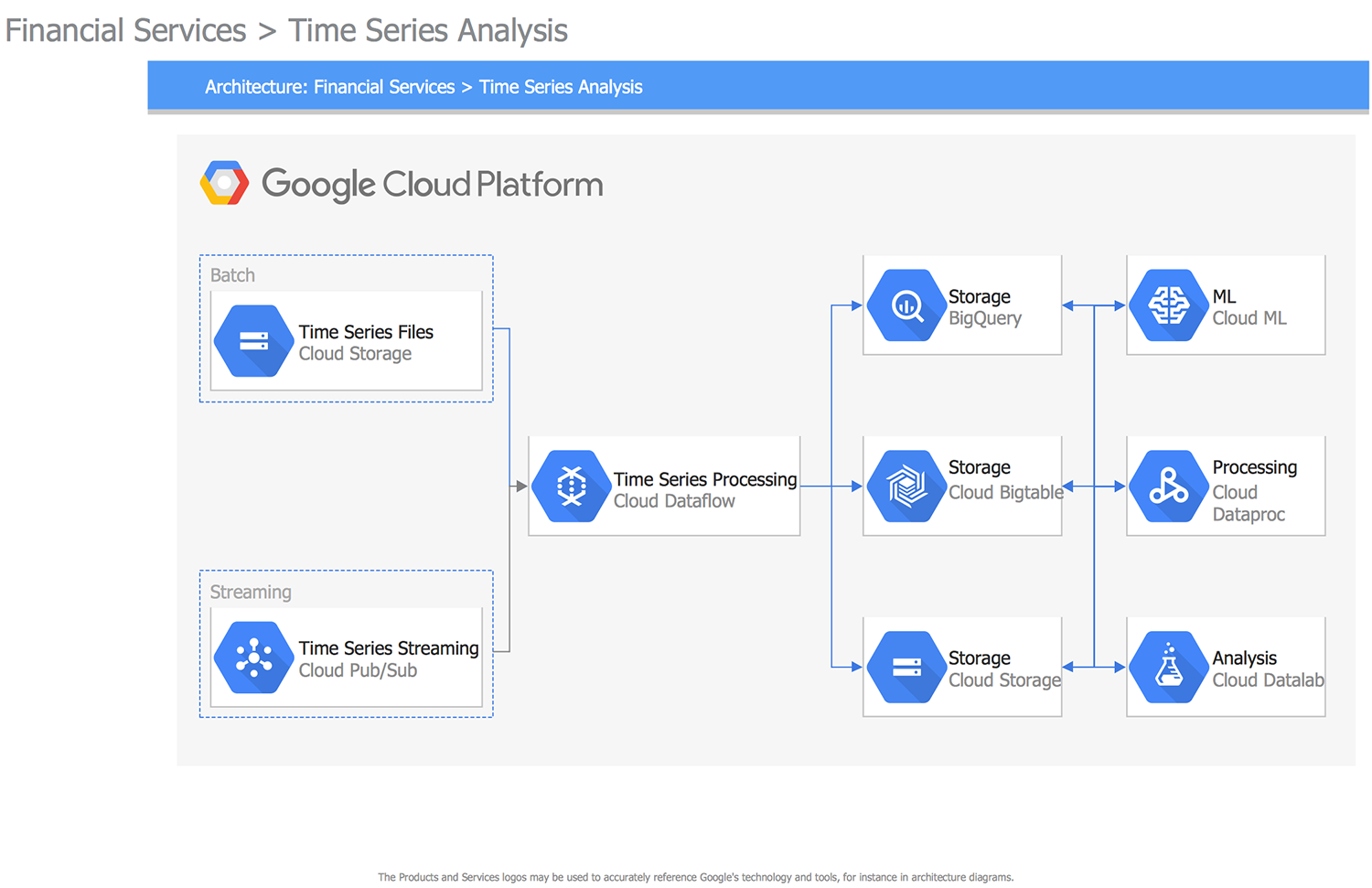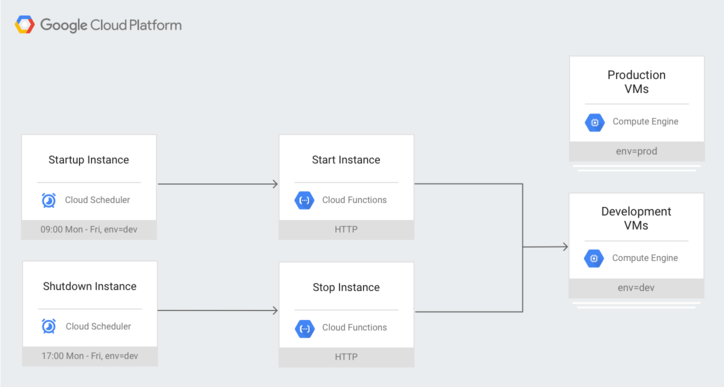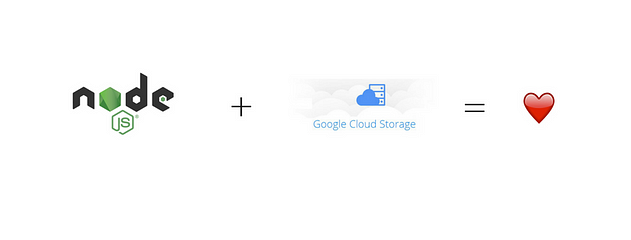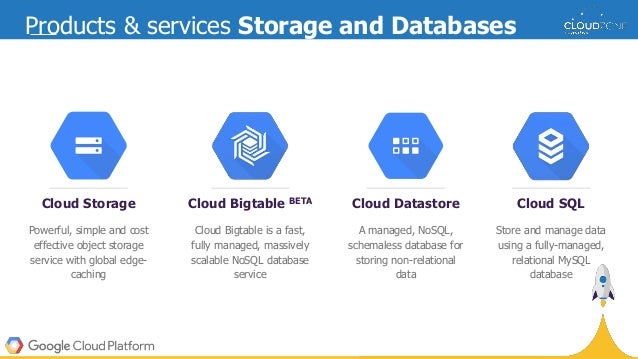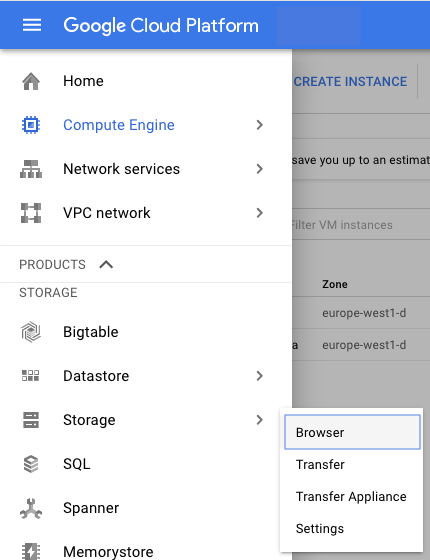Google Cloud Storage Image Resize

Images stored in cloud storage and cloud blobstore can be up to the maximum allowed value for the respective service.
Google cloud storage image resize. Click the menu button under actions and select clone disk. To begin with i already had a google cloud storage bucket with the original images. This is not an official google module. Since persistent disks are directly associated with google cloud compute engine in order to properly explore the resize functionality we will start by creating a google cloud instance.
When you upload an image file to your specified cloud storage bucket this extension. Fetch a bunch of image and generate thumbnails of various sizes for each of them stored in cloud storage for further delivery via a cdn. Cloud storage path for resized images. Cloud storage bucket for images.
Creates a resized image with your specified dimensions. Cloud build continuous integration and continuous delivery platform. Names the resized image using the same name as the original uploaded image but suffixed with your specified. Private docker storage for container images on google cloud.
As said i wanted the resizing to be dynamic. Find the disk that you want to clone. For this example we will cover the most common real world use case for resizing disks. A magic url for serving the images when uploaded into the cloud storage.
Use this extension to create resized versions of an image uploaded to a cloud storage bucket. One advantage of using this method to serve images over simply making the files public is the ability to resize and crop dynamically without needing to store the images in different sizes. Image is being returned without any resize or. Extending the persistent disk of a running instance without incurring.
So the response to the request is the resized image. Cache control header for resized images. A python module to import rotate crop and resize pictures into google cloud storage. By using google app engine and google cloud storage.
In the google cloud console go to the disks page to see a list of zonal persistent disks in your project. The transformed image is returned directly to the app and must be less than 32 megabytes.




